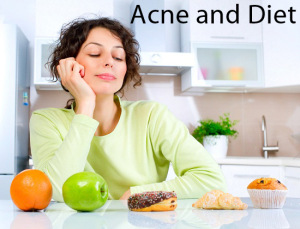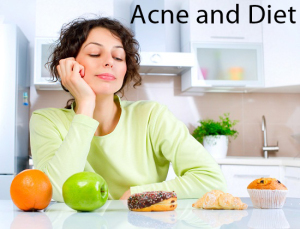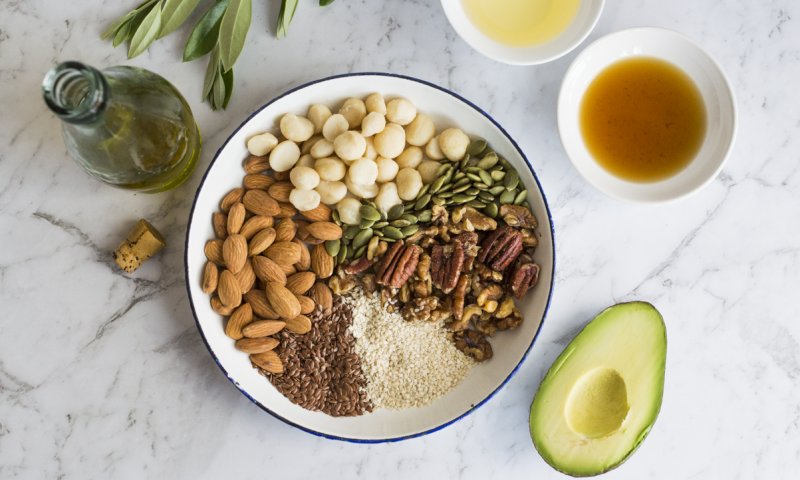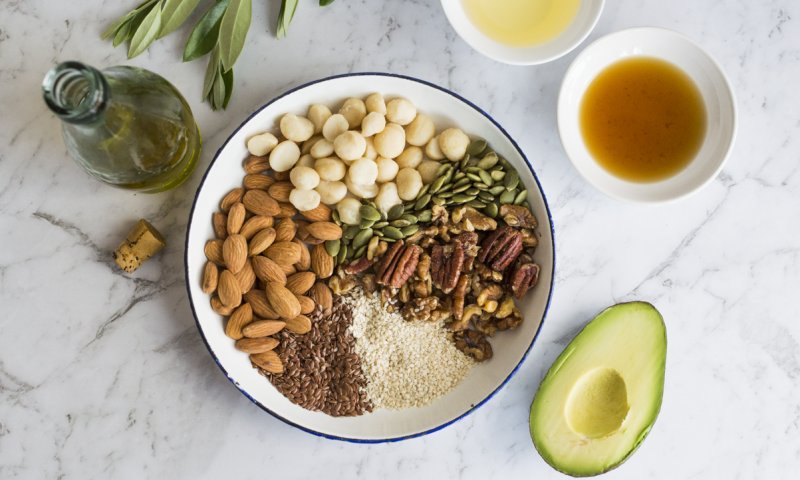Fasting is a very healthy thing to do and has a good effect on the body. Studies have shown that
it can decrease cancer and improve your immune system. It increases insulin sensitivity, enhances
cardiovascular health, boosts brain function and improves immunity and metabolism that aid overall
well-being. Ramadan fasting should help you to lose weight. Ramadan also is a good time for person to
quit smoking. There is medication available for withdrawal symptoms if required, that will help them
turn in to a nonsmoker. Fasting can be beneficial for people with acid reflux disease and functional
bowel disorders if we do not over eat. Benefits of smoking cessation, weight loss, heightened spiritual
involvement help to reduce stress and blood pressure.
With a little planning, you could finish the month in a healthier condition than when you began.
It would be safer to choose dishes that are low in fat, rich in fiber when dining out. One should aim to
eat three to four small, balanced meals. A balanced meal would consist of third portion of fruit and
vegetables, a third portion cooked meat and carbohydrates, and third portion of fluids. Eat dates to end
the fast, and then pray so your body gets rest, after that drink a little water and continue with your
meal. If you don’t over eat you will not get acid reflux and acidity. Choose quality lean proteins and
healthy fats in sensible portions. Start your day with fast acting carbs like refined wheat and wheat
products, rice, starches, honey, avoiding sugar cereals and toasted white bread. Strive for a good
balance of macronutrients: At iftar make sure to include all the major macronutrients -ensure half your
plate is filled with fruits and vegetables, a quarter with protein, a quarter with grains. Also include
serving of dairy. A good balance of macronutrients comprises complex carbohydrates (vegetables and
whole grains), lean protein (fish, white meat and legumes) and healthy fats (nuts, seeds, avocado etc.),
in additions to fruits. Since sugar is not an essential nutrient, recommendation of sugar is about six
teaspoons or 25grams. Stay hydrated-drink plenty of water- at least three liters between Iftar and
suhoor. Avoid caffeinated and carbonated drinks.
Maintaining regular sleeping pattern throughout the month is also an important part of a
successful Ramadan. Exercises moderately about two to three hours after you break your fast.
Exercise during fasting stimulates the body to burn fat and raises the level of mental activity.
Recommended sports are brisk walking, bike riding, and moderate exercise at the gym.
Many medical conditions require special attention during Ramadan like diabetes, hypertension,
kidney disease, heart disease and pregnancy. Patients is on medications should discuss with their
physician about how best to adjust the doses. People with chronic health conditions are exempted
from fasting, but still can do it as long as they consult with their doctors. Patients on
medications for hypertension can generally continue to fast, since most medications are given
once or twice daily. Although there is risk associated with fasting for diabetes, patients can fast
especially if they are taking long acting medications and their blood sugar is well controlled. If
you feel dizzy or faint, you have to end your fast and drink some beverage or eat light snack,
such as orange juice or dates.
Pregnant women should discuss her fasting with her doctor based on her personal
health.
For children it’s best to eat dates and drink water or milk followed by short break before
having the main meal. Children are encouraged to drink at least to four to six cups of water
between iftar and suhoor and avoid sugary drinks. The iftar meal does not have to be very
heavy and should be equal to regular lunch or dinner. One healthy snacks such as whole fruits,
dates, yoghurt, milk or a smoothie can be offered before sleep. A normal breakfast meal should
be scheduled as close as possible to dawn.
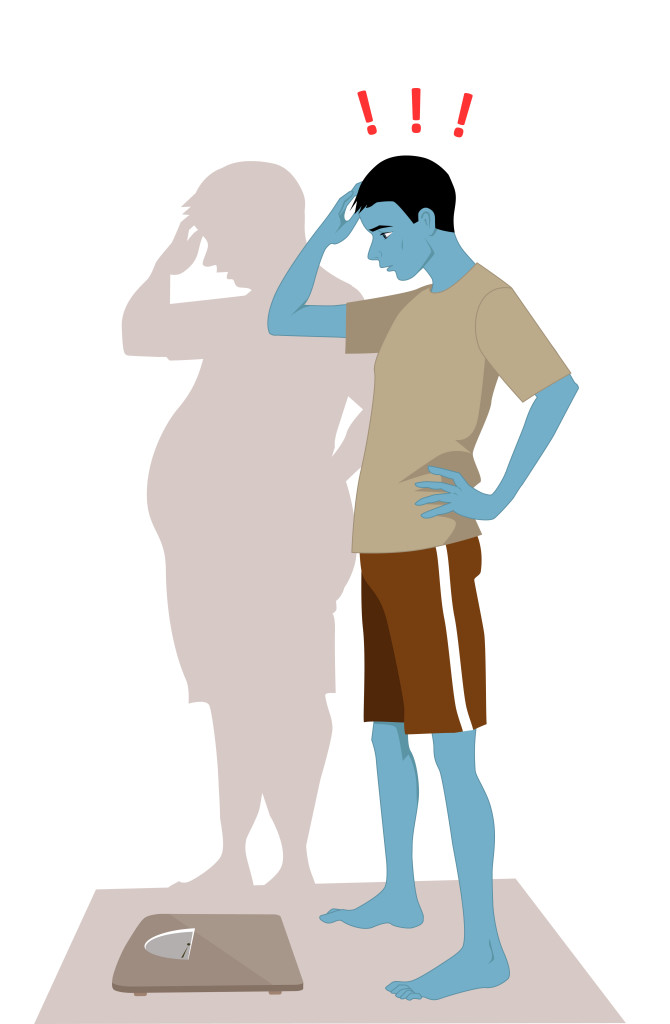 Anorexia Nervosa is a psychological and possibly life-threatening eating disorder defined by an extremely low body weight relative to stature (this is called BMI [Body Mass Index] and is a function of an individual’s height and weight), extreme and needless weight loss, illogical fear of weight gain, and distorted perception of self-image and body.
Anorexia Nervosa is a psychological and possibly life-threatening eating disorder defined by an extremely low body weight relative to stature (this is called BMI [Body Mass Index] and is a function of an individual’s height and weight), extreme and needless weight loss, illogical fear of weight gain, and distorted perception of self-image and body.